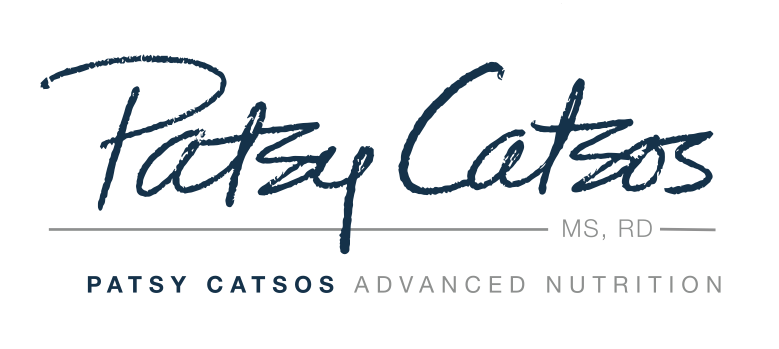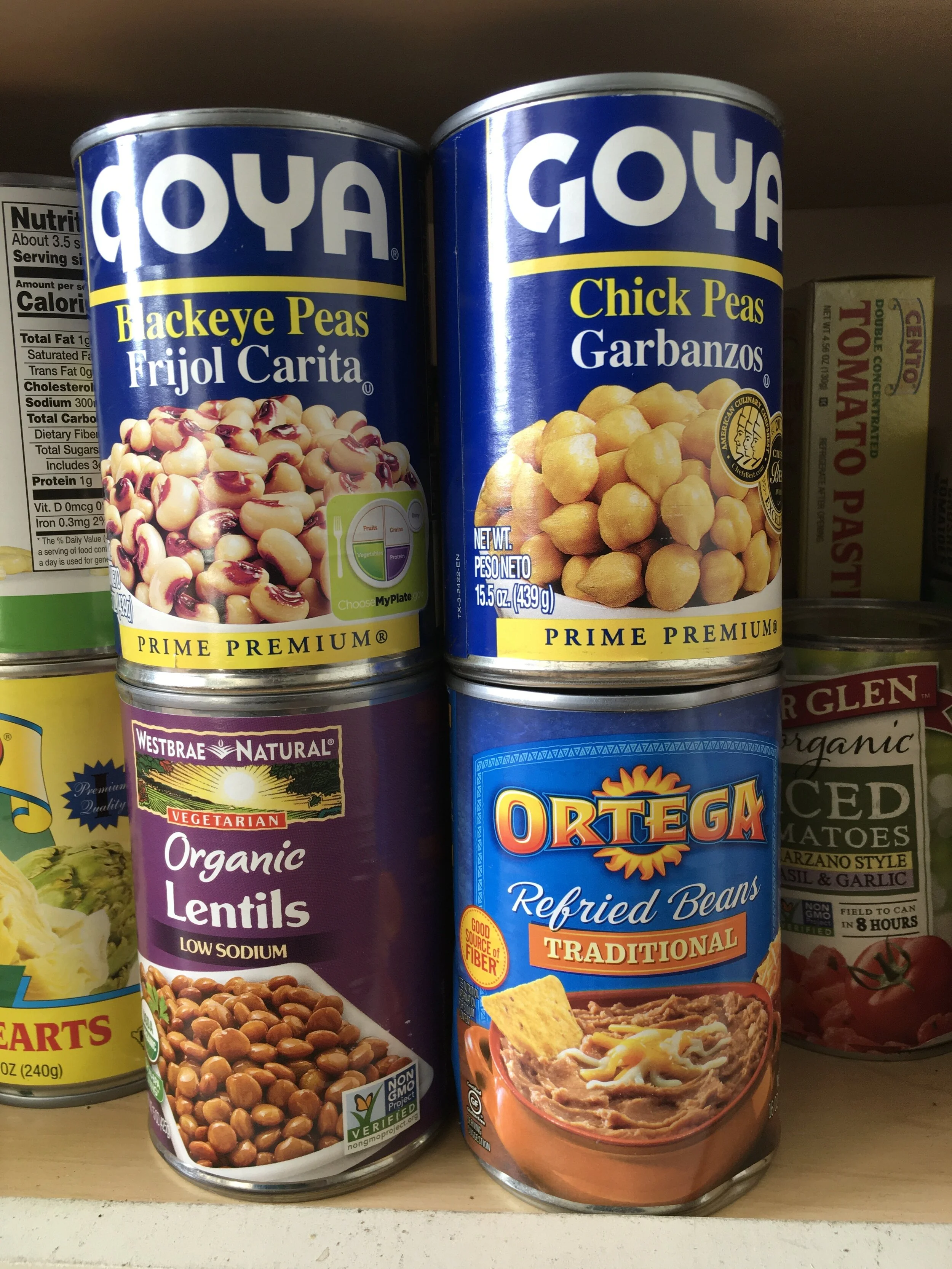I sincerely hope all of my readers and followers are keeping well during this uncertain time, with the threat of COVID-19 at our dooryard (as we say in Maine, doah-yahd). I have been thinking about how staying away from grocery stores during social isolation will affect people with IBS and their low-FODMAP diets. If you are planning to stay home for a while during the COVID-19 outbreak, you may be relying more than usual on canned or dry goods to meet your nutrition needs. I saw some mighty large bags of dried beans in people’s grocery carts last week! So I thought it might be timely to talk about beans. I will skip the usual advice about washing your hands, and instead advise you to wash your beans! The following information will be helpful to anyone who finds beans “too gassy”, including those of you with IBS.
The primary fiber in beans is called GOS, which stands for “galactooligosaccharide”. GOS is a type of fiber that is well-known for promoting the formation of gas. It is one of the FODMAPs, so people with IBS on low-FODMAP diets usually try to eat much less GOS. (Note for those without IBS: GOS is typically fine for people who do NOT have IBS. In fact, a plant-based diet including beans is a very healthy way to eat, and you only need to use the below strategies when you notice that certain beans are too much of a good thing.)
While no cooking method can completely get rid of GOS, there are some ways to reduce the amount of FODMAPs in beans. In fact, some of the traditional cooking methods you already use will make beans less gassy. This is possible because FODMAPs are “water soluble.” In other words, FODMAPs leach out into the canning, soaking and cooking water. So any time you drain, soak and drain, or cook and drain beans, you are reducing their gassy fiber content.
Canned, drained, rinsed lentils or chickpeas (any brand without added onion or garlic) are the lowest FODMAP choices.
Small portions of canned, drained, rinsed beans will be lowest in FODMAPs. They have had the benefit of an extended soaking time in the can. The FODMAPs leach out into the canning water; they are discarded when the canning liquid goes down the drain.
The next-lowest in FODMAPs will be home-cooked beans which have the soaking and cooking water discarded. Soak dry beans overnight in plenty of water. Drain the soaking water; add plenty of fresh water for cooking. Drain and discard the water used to boil the beans. Add the cooked and drained beans to your recipe for chili, soup, rice, etc.
Beans that have the cooking water added back to them, such as refried beans or commercially made hummus, will be highest in FODMAPs, as are beans that are served right out of the pot in a sauce of their own cooking liquid. This includes bean soup and lentil soup, which are often served in large portions, in addition to the fact that the cooking water is actually consumed.
The bigger the portion, the more FODMAPs. An important strategy for minimizing the gas from beans of any kind is eating smaller portions of the ones that bother you.
Bottom line, if beans make you too gassy, but you suddenly find yourself eating more beans to get by, these strategies will help. Wash your beans! Rinse and drain, soak and drain, cook and drain. If you do eat bean, lentil, or split pea soup, keep the portions small and have some extra rice (a gut-friendly dry good) to round out your meal. If you have to eat more FODMAPs for a while out of necessity, you can always get back on track later. Eat beans and carry on!
This page may contain affiliate links. We are a participant in the Amazon Services LLC Associates Program, an affiliate advertising program designed to provide a means for us to earn fees by linking to Amazon.com and affiliated sites.


